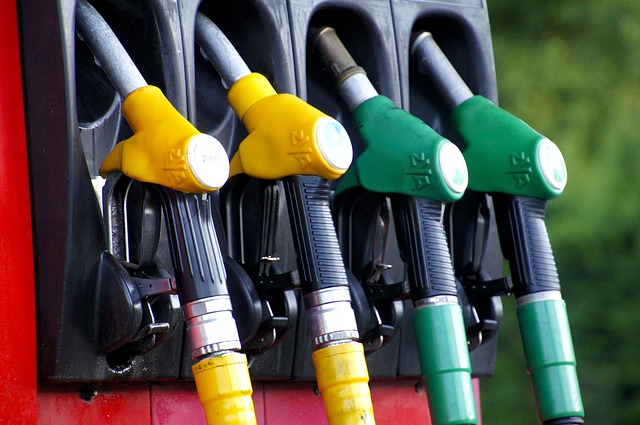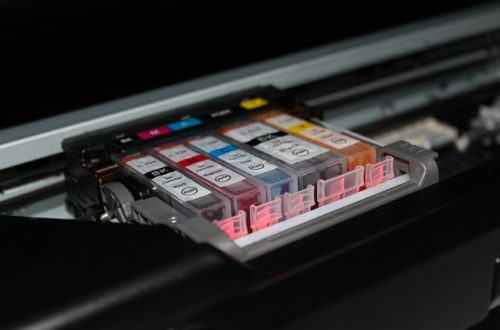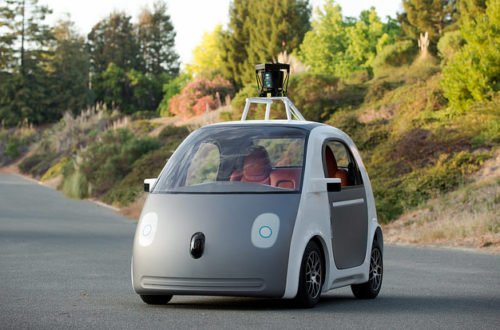Future Fuel Tech: What Will Power Tomorrow’s Cars?

While the fossil fuel industry has proved remarkably resilient at extending its dominance of the car fuel market, there are a few very good reasons to assume that – at some point – one or more of the alternative fuels under development and/or currently in use will make its mark. The problem in relying on a single fuel type to power the global economy is that the supply chain could be so easily interrupted. Then we’ll wish we had access to one of the following.
Biodiesel
Right now, biodiesel is in the running to catch up with petroleum as a viable alternative energy source. It’s a clean-burning, renewable product made from stuff like recycled cooking oil, soybean oil, and animal fats. The EPA has allowed biodiesel to go into commercial scale production and there are plants operating in all fifty states. No engine modification is necessary to run biodiesel in your vehicle. We’re not to the point of running it straight yet, though. Most commonly you’ll find it blended into regular diesel at a ratio between 5 and 20 percent.
Ethanol
As the most widely used biofuel at present, ethanol is probably the best candidate to challenge the petroleum producers for fuel dominance as things stand. The industry produced 14.7 billion gallons in 2015. Have you noticed gas stations selling E-85? That’s a fuel blend that contains up to 85 percent ethanol mixed with regular gasoline. Ethanol is essentially a grain alcohol that is produced from corn. It’s been used in Indy cars for years but has never had the political clout to reach a critical mass of users in the overall transportation system.
Vegetable Oil
The good news is you can run straight vegetable oil in your car without converting it to diesel. The bad news is you first need to install an engine kit that works with vegetable oil. There is, of course, a cost involved. A low-end kit runs about $600 if you undertake the labor yourself, a task you should not contemplate lightly. You can cause a lot of damage if you don’t know what you’re doing. A professionally installed kit would cost about $3,000. The really cool thing about running a vehicle on vegetable oil is that there are places available in most locations (like restaurants) that are glad to give you their used oil for free.
Electricity
It seems every new year is heralded by the arrival of more electric cars. This alternative fuel source probably hasn’t come into its own yet, but the appeal is obvious; electricity is cheaper than petroleum. Hybrid models currently on the road have a traditional internal combustion engine that operates independently of an electric engine. You can drive on electricity until it’s low, then switch over to gas while the electric system charges. Full-on electric cars are few and far between right now, mainly because there are so few public charging stations available. Price starts at about $30,000 but the combined average of the two engines usually lands between 80 to 100 mpg. Not shabby.
Hydrogen
As a zero-emission fuel, hydrogen is popular with the alternative fuel crowd. The problem thus far is that considering available technology, it is energy intensive to produce this kind of fuel. While there are hydrogen cars on the road, drawbacks include a lack of fueling stations, and difficulty in storing. A hydrogen system makes use of a battery that stores the hydrogen, which then acts as an energy source to power an electric motor. Very clean and green. Expect to be able to drive 200 to 300 miles between “fill-ups” with current hydrogen vehicles, though that should increase in the future as hydrogen batteries come into their own.
The Bottom Line
Reality check. Petroleum fuel is likely not to last forever. While it’s inconceivable to some that the extraction, production, and delivery system of our fossil fuels could ever be interrupted, don’t kid yourself. Aging plants and the combustibility of international politics almost guarantee that there will be a major interruption in the supply some day. And we’ve already seen prices fluctuate from under $2 per gallon to over $5 and back just in the past five years. This kind of instability indicates that we are juggling dynamite and would be wise to develop at least a few alternative fuels that could pick up the slack in the event the worst happens.
Would you like to receive similar articles by email?





